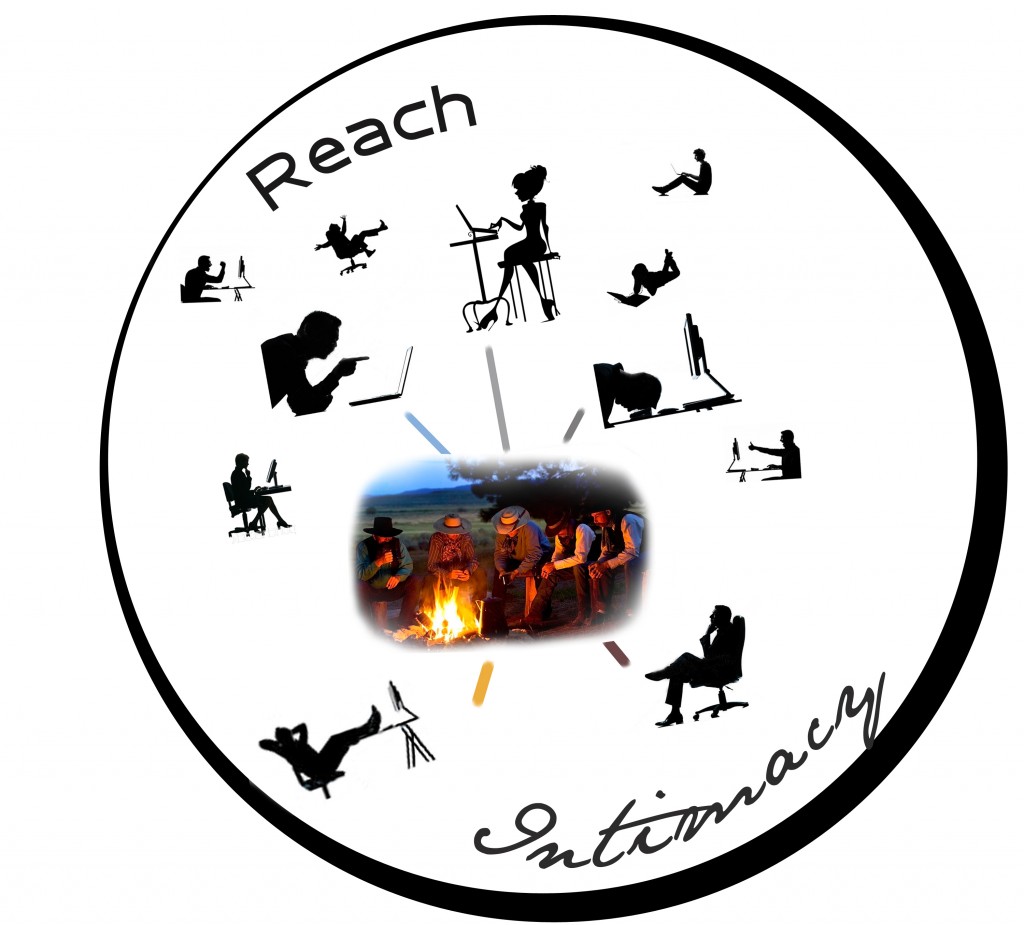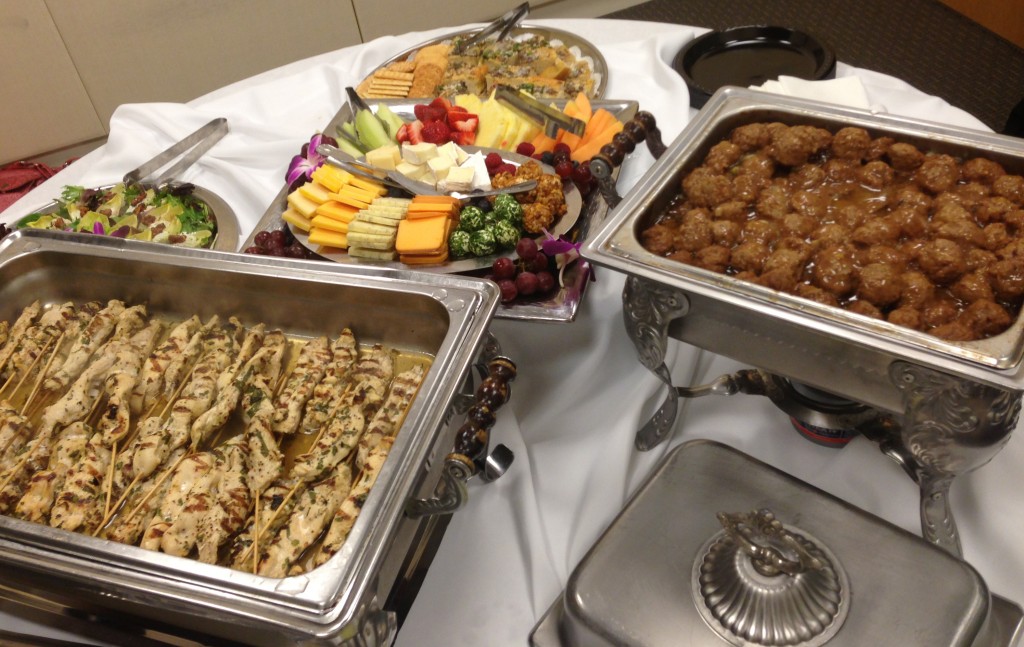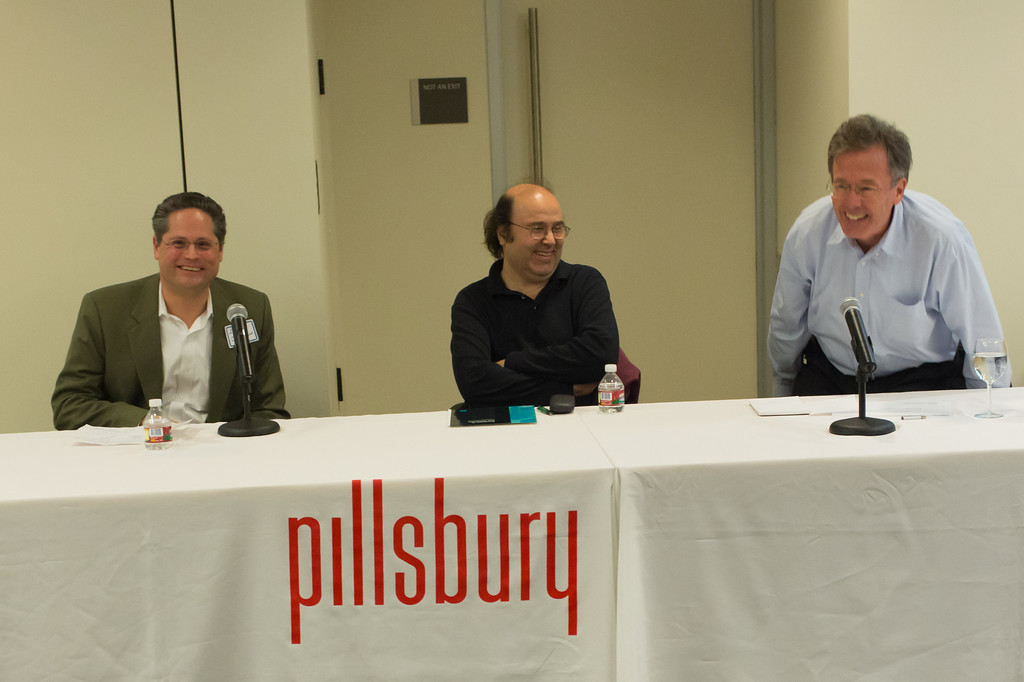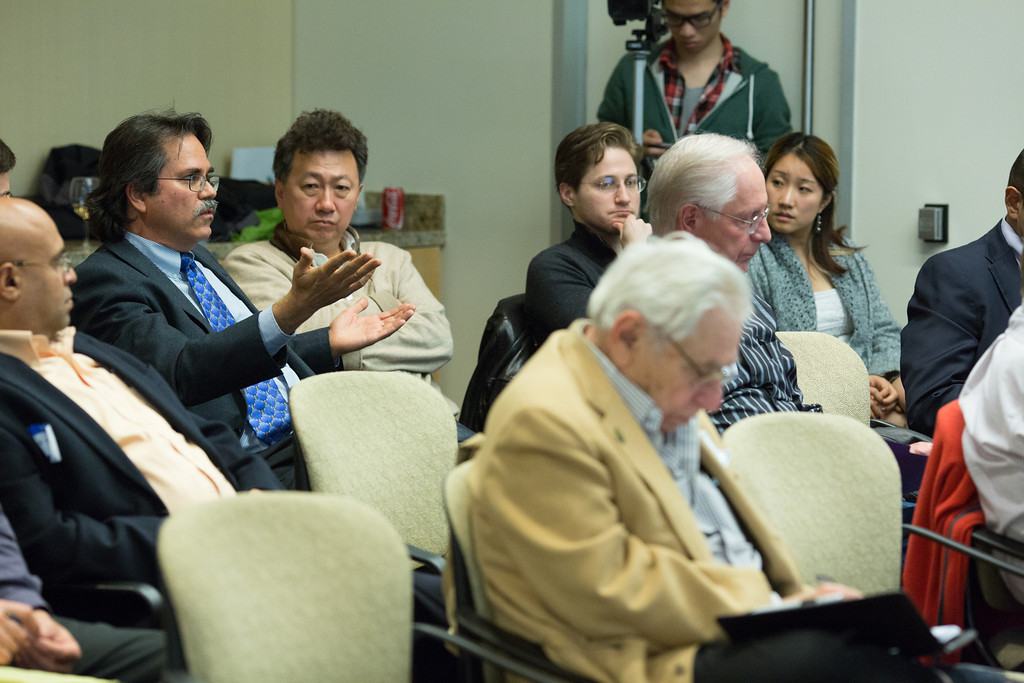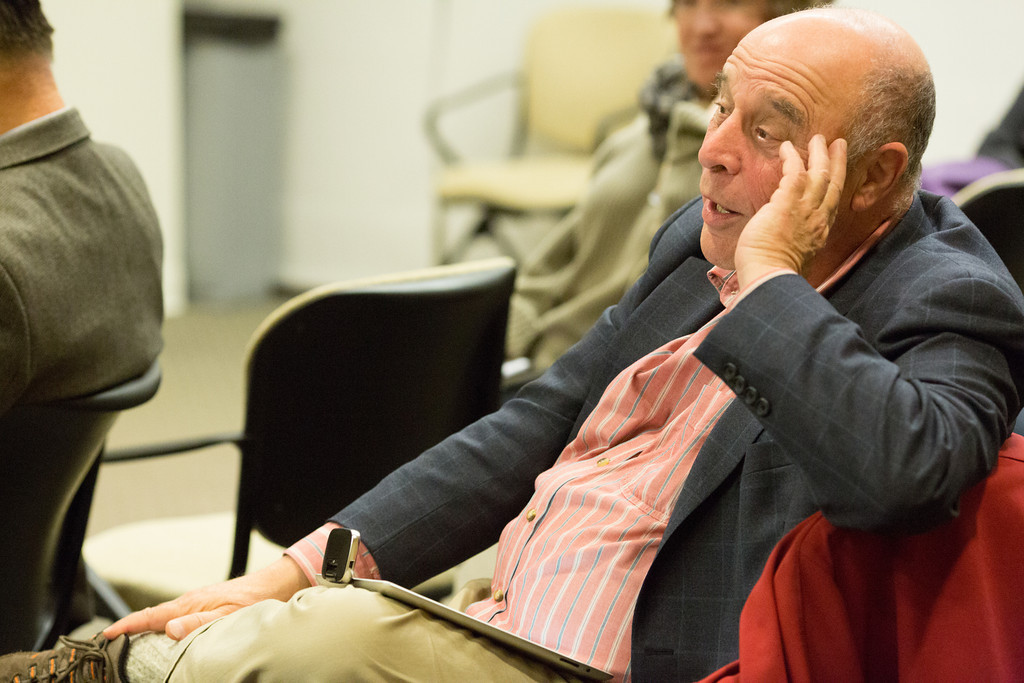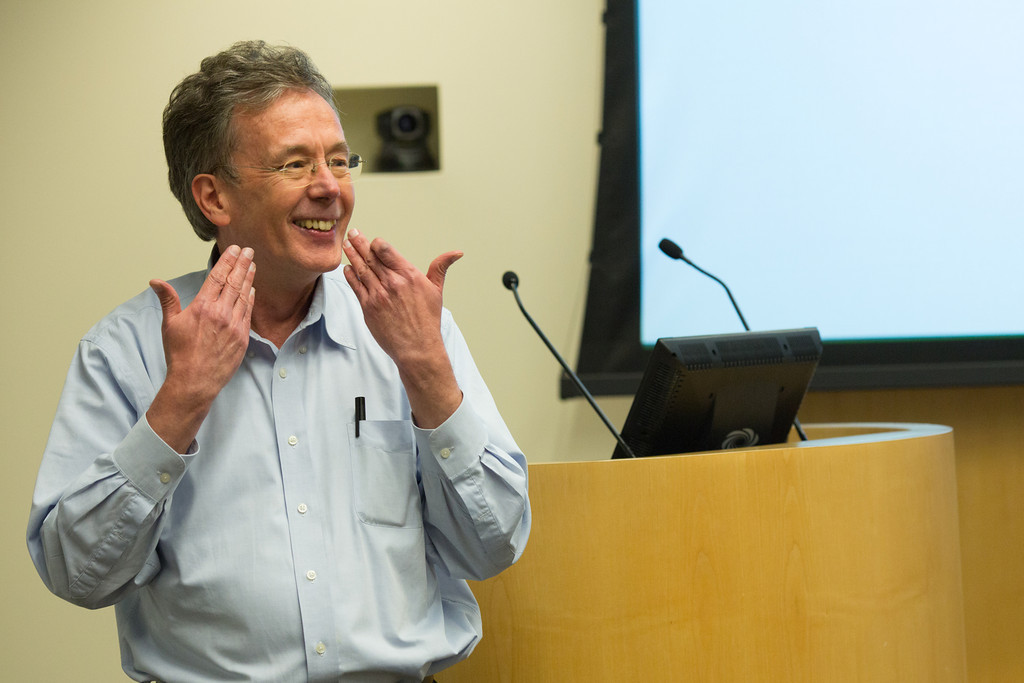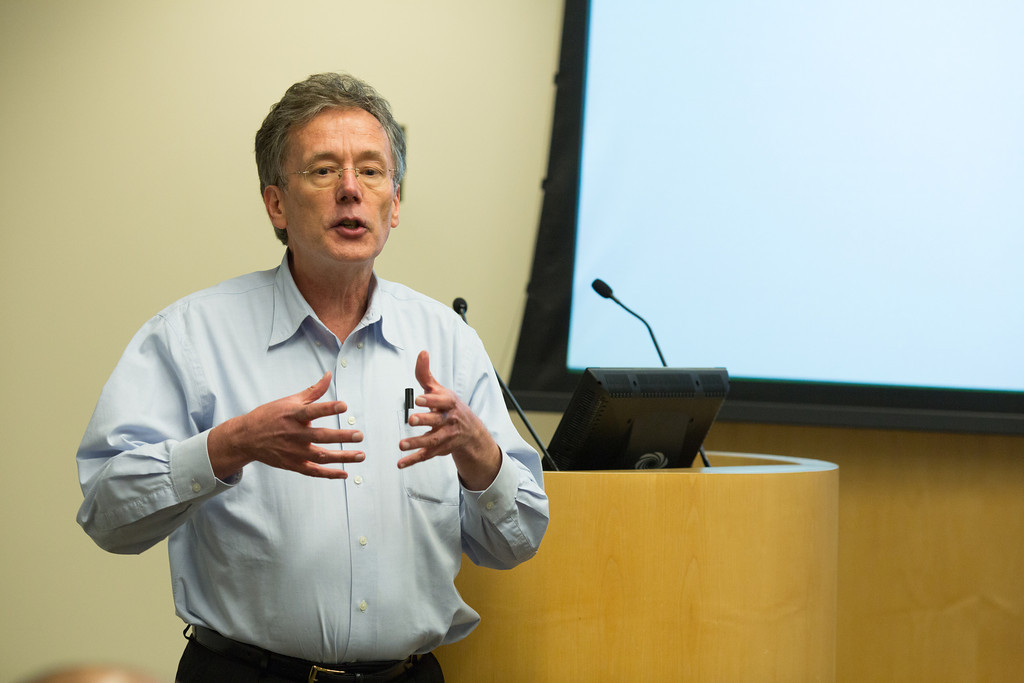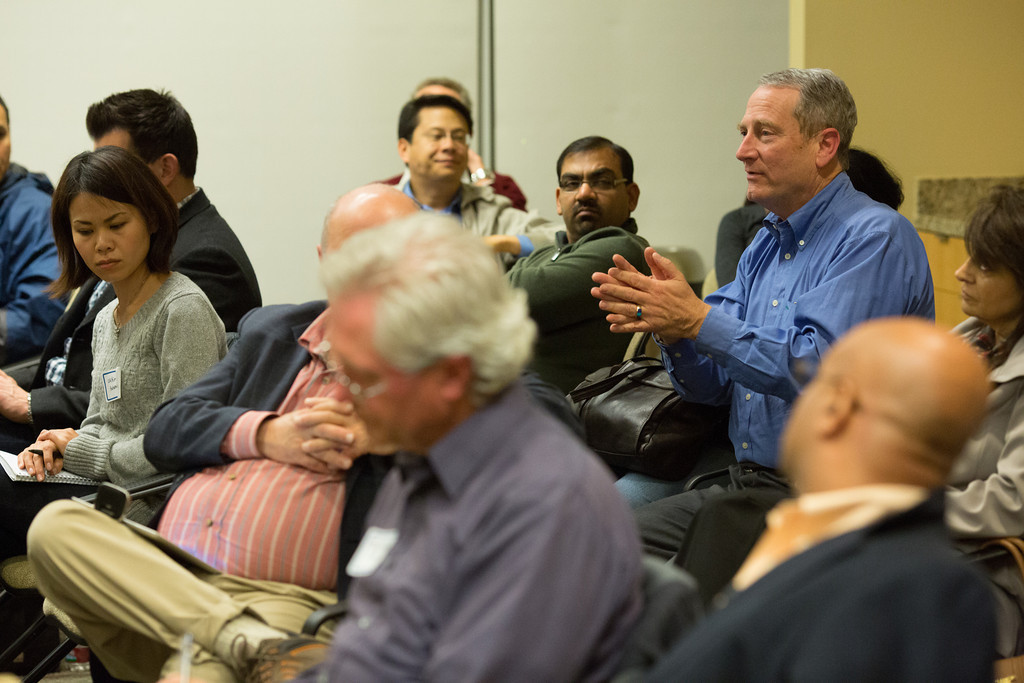“I present myself to you in a form suitable to the relationship I wish to achieve with you.” -Luigi Pirandello
– How do ancient practices of communication inform our use of social media?
– Do companies need social media polices? …SHOULD they have social media policies?
– Is it possible to achieve intimacy with your audience without sacrificing reach?
– What is the best social media strategy for YOUR organization?
Join us on March 20th as we discuss the digital campfire!
** Ample parking is available
SCHEDULE:
Pre-Registration Tickets ($20) – on SALE NOW!
PANELISTS:
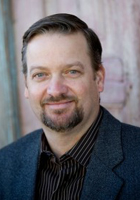
Tom Treanor is the Founder and President of Right Mix Marketing Inc., which focuses on helping companies of all sizes succeed through the effective use of Content Marketing, Search Engine Optimization (SEO), Business Blogging and Social Media. He has an MBA from the Wharton School of Business, as well as a Master of Arts in International Studies from the University of Pennsylvania. He teaches a course on Social Media Tools at San Francisco State University’s Social Media Marketing certificate program and has deep experience coaching and consulting corporate executives, small business owners and startup teams. Tom speaks regularly at live and virtual conferences and meetings.
Tom is the author of the Search Engine Optimization Boot Camp and he has been quoted in the Investor’s Business Daily and is a previous Google Adwords Professional and Microsoft adExcellence Member. Prior to Right Mix Marketing, Tom worked for Hewlett Packard in leadership roles in marketing and operations, at PriceWaterhouseCoopers and Booz-Allen & Hamilton as a strategy consultant, and at Sony Electronics in product marketing.
Tom is a prolific business blogger and has been featured on top blogs such as Copyblogger.com, Problogger.net and AllTop.com. Kred has named him Kred Elite, part of the top 1% of influencers.
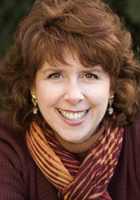
Principal Consultant of Marketing Possibility and also known as the Social Marketing Diva, Kathryn blends social media with core business strategy to create integrated online marketing strategies for small and medium-sized businesses. She specifically focuses on leveraging the vision and value at the heart of the business into quality customer relationships and conversations. She applies over 17 years of experience in high tech marketing and sales to her marketing consulting business with medium and small businesses in the Silicon Valley area. She helps businesses clarify their brand and business persona to use in building conversations with customers and prospects through social networking. She also develops social media marketing plans, teach all aspects of engaging online, and can conduct online campaigns for clients. She has spoken at conferences, workshops, meetings, and corporations on topics ranging from the future of marketing and social media to the application of high availability systems in the financial industry. She teaches Marketing Strategies for Entrepreneurs and Small Business Owners at UC Berkeley Extension San Francisco several times a year, is the President of the Stanford Entrepreneurs Alumni Group, Founder of WomenLaunch, and leads the NorCal BMA Marketing Strategy Roundtable. She has held marketing and sales leadership positions at IBM, Amdahl, Stratus, and Tandem and has served in executive roles on non-profit boards and community organizations. She has a Masters in Philosophy from Stanford University, a BS in Mathematics from William and Mary, and an MBA from Santa Clara University.

Mark Willaman is founder and president of Fisher Vista, LLC, the owners of HRmarketer.com, SocialEars.com, Fisher Vista Marketing Group, HRVendor Phonebook, SeniorCare Marketer, and ShirleyBOARD.com. Mark has nearly twenty years experience B2B marketing, including being a pioneer in the use of web-based technologies for the delivery of HR services. Mark has a track record of conceptualizing and implementing innovative, creative and highly effective marketing campaigns targeting human resource and other B2B decision makers. Mark also has extensive expertise in developing web-based software applications including HRmarketer.com and most recently, SocialEars – proprietary algorithm that analyzes the online “social” activity in the HR and B2B marketplaces, the trending topics and the key influencers driving these discussions. Mark received his BSBA in Marketing from the University of Denver where he was a three-year letterman in Lacrosse, and his MBA from Pennsylvania State University where he was an appointed member of the MBAA Honor Council for two consecutive years. Mark is also a published author and speaker on various marketing topics, and a regular contributor to the HRmarketer Blog. In his spare time, Mark enjoys training for triathlons.
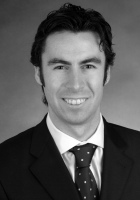
Paul Cowie is a partner in the Labor and Employment Practice Group in Shepperd Mullin’s Palo Alto office. Mr. Cowie represents employers in the full range of employment matters, with his focus on litigation and class actions. Mr. Cowie specializes in litigation avoidance counseling and has successfully reduced client’s litigation docket to zero many times. Mr. Cowie’s experience includes litigating and advising on matters involving all forms of discrimination, harassment, and retaliation; wrongful termination; wage and hour disputes and compliance; independent contractor status; reductions in force; workplace investigations; discipline; grievance; whistleblower claims; workplace violence; and Labor Code violations. Mr. Cowie practices in both state and federal court, and represents employers in all forums.
Before practicing in the US, Mr. Cowie practiced in the UK for approximately five years, representing and advising employers at all stages of employment litigation, including as lead counsel in UK Employment Tribunals. Mr. Cowie’s UK experience means that he has drafted hundreds of employment contracts, dozens of settlement agreements, negotiated warranties and indemnities in corporate transactions and is very familiar with the challenges faced by US-based companies operating or expanding into in the UK.
Pre-Registration Tickets ($20) – on SALE NOW!
